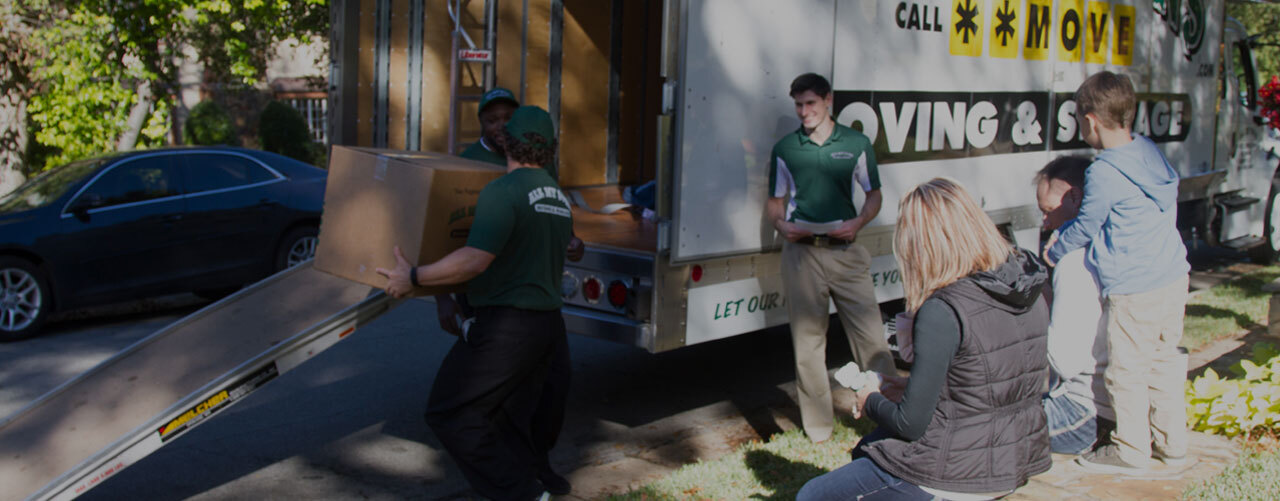Packing Moving Resources
Moving Resources: Proper Packing and Storage
Proper packing is integral to either moving or placing belongings in storage. In both cases you generally have to pay based on the area you rent. The need to pack things both so that they can be carried, are easy to locate, and do not take up extra space is critical to not overspending on moving or storage fees. It's also important to protecting fragile or expensive items. While every move is different there are certain standard tips that can help ensure that packing items for moving or storage is a success.
Choosing a Storage Facility
If you are storing items long term or perhaps just temporarily storing items until you've had a chance to settle into a new home, you need to consider what type of storage facility you need. There are several things to consider when choosing a storage facility. The height of a storage unit is as important as the floor area. Because rodents, and pests can damage your items it's important to choose packaging that protects against this, and also to find a facility that is clean and pays attention to keeping it that way. Many facilities provide cheaper fees if you pay for a long time rather than purchasing storage month to month. If one knows they are going to need to store items for a long period of time it's important to ask about any lower rates for long term, and also whether anything might prevent availability of storage in the future.
The location and hours are also very important to choosing a storage facility. If you need frequent access to stored items you want to choose a storage facility that is nearby, and also one that has hours that fit your work schedule. You also want to be near enough that you can check on your items occasionally to make sure all is well. Items should be checked at least once a month even if one does not need to pay monthly to make sure that pests have not become a problem, and also to be certain belongings are still secure. This is especially important because most homeowners and renters insurance policies do not cover theft from storage facilities.
Packing Items
When packing items for storage each package should be labeled in some way to convey the contents. For security this doesn't have to be extremely specific, but it should be labeled so that you can quickly locate items when you need them. There should also be contact information on each box in case one is lost. When placing items in the facility one should make sure to place items they may need sooner near the front so that one doesn't need to move several other boxes when accessing them. Further items which may be sensitive to moisture should be placed in plastic to avoid them being subjected to the elements. Fragile items should be packed using bubble wrap, especially for long-term storage, as papers can deteriorate, causing harm to items, and losing their padding as well.
Moving Safety
When moving it is important to avoid injuries. Most moving injuries during are to the neck or back. The majority of these injuries come from stretching to reach an object. It's important also to try to keep items as close to the back as possible. Holding even small items away from you repeatedly can strain the next and back. Never twist to reach or place items. Always lift heavy items with the legs, not with the back, and try to keep most items at or below waist level. Make sure there are enough movers to help lift heavy objects.
When using a moving truck it is important to realize it does not handle like a car. Moving trucks typically have much larger blind spots than automobiles or light trucks. Take advantage of safety features like extra mirrors. Be aware of the height of the truck, and make sure there is clearance before attempting to pull into any area. Be aware that a large truck, full of items bound for storage, or a new home, will be heavier and will take longer to brake. Slow down for sharp turns, as trucks are often top heavy, especially when packed to capacity.
Loading a Storage Facility or Moving Truck Efficiently
When packing a moving truck, or storage unit place similar sized items together. Try to distribute the weight of items evenly so that neither the front, back, nor a specific side is over weighted. Large items like furniture, headboards, beds, etc, should go in first. Place fragile or oddly shaped items toward the front, and use large or heavy items to help brace those which are more likely to shift around. Again, items that are frequently used should be grouped in the same boxes, and items which are less frequently used should be separate from them.
10.1.1

